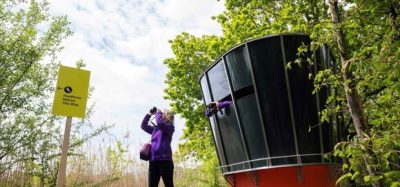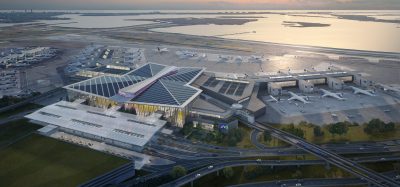Government gives green light to modernise UK airspace
- Like
- Digg
- Del
- Tumblr
- VKontakte
- Buffer
- Love This
- Odnoklassniki
- Meneame
- Blogger
- Amazon
- Yahoo Mail
- Gmail
- AOL
- Newsvine
- HackerNews
- Evernote
- MySpace
- Mail.ru
- Viadeo
- Line
- Comments
- Yummly
- SMS
- Viber
- Telegram
- Subscribe
- Skype
- Facebook Messenger
- Kakao
- LiveJournal
- Yammer
- Edgar
- Fintel
- Mix
- Instapaper
- Copy Link
Posted: 17 December 2018 | International Airport Review | No comments yet
NATS has welcomed the agreement to change airspace regulations which have been in place since the 1950s to accommodate the growing air traffic of the UK.


NATS has welcomed the Government and the Civil Aviation Authority’s (CAA) commitment of making best use of technology to better manage air traffic, reduce the impact of noise on local communities and the wider environment, and create capacity for future flights.
The Aviation Strategy Green Paper and the CAA’s Airspace Modernisation Strategy explain clearly why there is a need to modernise UK airspace, how this will be achieved and the roles of all stakeholders in the process.
In 2017, NATS was tasked by the Secretary of State for Transport to review the technical feasibility of modernising airspace. The report concluded, that together with procedures which can reduce noise for those overflown communities near to airports, future growth aspirations could be met.
The design of the current airspace originated in the 1950s for a different generation of aircraft capability and air traffic technology. To better handle the current traffic levels requires making best use of latest and emerging technologies to manage noise, reduce carbon emissions and increase capacity.
There is a growing evidence base that this can also deliver significant benefit to local communities. CAA’s analysis of London City’s airspace modernisation in 2016 showed that the number of people overflown by aircraft 7,000ft and below has been reduced by 1.2 million. They say that they will continue to work with local communities to strike the right balance between their interests and those of people wishing to fly.
With a further 700,000 flights expected by 2030, it needs to be ensured that they can be accommodated safely and sustainably, without significant delays and cancellations, providing the connectivity for an open and global Britain.
Martin Rolfe, NATS Chief Executive Officer, said: “The announcements from the Government and the CAA are very welcome. Our airspace dates back to the 1950s and simply doesn’t allow us to make the best use of today’s technology or emerging technologies in both aircraft design and air traffic management which are vastly improving the industry’s capability. Our report for the Government has shown that airspace modernisation is feasible and has benefits for local communities, passengers and the environment while also accommodating future growth. NATS has been tasked with coordinating and delivering this huge programme which involves up to 15 airports in south east England, and we will be working closely together to ensure that we deliver the very best options for change that modern technologies allow. We have been clear that modernisation is about more than just increased capacity. It can deliver improved management of noise and lower levels of carbon emissions which we know are just as important as being able to handle additional flights.”
Related topics
Aeronautical revenue, Air traffic control/management (ATC/ATM), Airport Collaborative Decision Making (A-CDM), Airside operations, Capacity, Economy, New technologies, Noise abatement, Passenger volumes, Safety, Sustainability, Sustainable development
Related organisations
Civil Aviation Authority (CAA), National Air Traffic System (NATS)


















